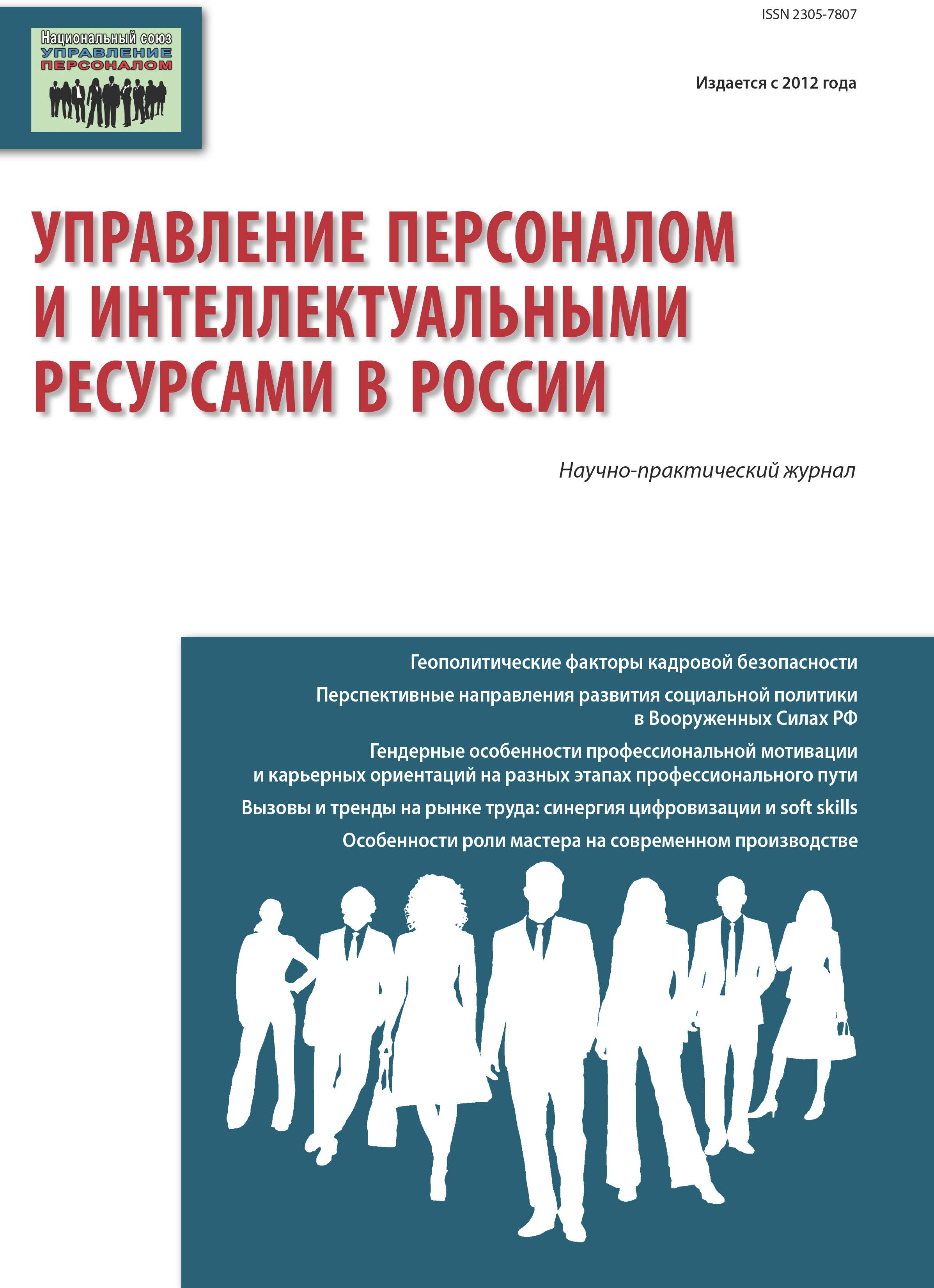Moskva, Moscow, Russian Federation
Russian Federation
Russian Federation
The growing role of organizations in promoting risk management in production indicates their desire to improve the working conditions of personnel and control all risks. Personnel costs represent investments, not costs, that facilitate management in the direction of preventing risks associated with the business. This includes the definition of responsibilities and organizational structure, planning activities, responsibilities, practices, procedures and resources for the development, implementation, implementation, revision and maintenance of policies to prevent industrial risks. Improving the working conditions of personnel and environmental protection should be considered as important practical goals that can be achieved through measures such as risk factors control; adaptation of equipment and labor tools appropriate to human capabilities; changes in the organization, maintenance and control of labor; environmental monitoring and education. Risk assessment should be a dynamic process. For this, each enterprise, in accordance with the legislation, should develop a system for preventing industrial risks, the purpose of which is to promote the safety and health of employees by applying appropriate measures and procedures necessary for the continuous identification of hazards, risk assessment and implementation of necessary control measures.
personnel management, production risk, risk management, probability of risk, consequences of risk
1. Duque Arbeláez, C. (2001). Metodología para la Gestión de Riesgos [pdf]. [Marzo del 2008].
2. Evaluación de los riesgos laborales [htm]. [Abril del 2008]. Disponible en: http://www.mtas.es/insht/practice/evaluacion.htm (data obrascheniya: 18.09.2022).
3. Hernández Cruz, A. (2005). Procedimiento para la Gestión de la Prevención de Riesgos en Actividades de Alta Peligrosidad en la Empresa de Telecomunicaciones de Cuba, S.A. ETECSA. Holguín. Trabajo de diploma. Universidad de Holguín.
4. Ley de prevención de riesgos profesionales. http://www. rodielepi.com/bases/infor 01/ley/ley23.htm. (data obrascheniya: 20.09.2022).
5. MAPFRE (2008). Gerencia de Riesgos. MAPFRE Seguridad. España. Año 25 Nr. 100 p 28-51
6. Montero Martínez, Ricardo (1997). Reflexiones sobre la Gestión de la Seguridad Industrial. Boletín Factores Humanos. Nr. 15. España. p. 17-30.
7. Oficina Nacional de Normalización, Norma Cubana 76:2000. Prevención de los Riesgos Laborales. Vocabulario. 2000.
8. OIT. Directrices relativas a los sistemas de gestión de la seguridad y la salud en el trabajo. ILOOSH 2001. Ginebra, OficinaInternacional del Trabajo, 2002.
9. Peligros y Riesgos [html]. [Marzo 2008]. Disponible en: http://www.eduardooyarzun.prevencion.20m.com/custom3.html (data obrascheniya: 19.09.2022).
10. Portuondo Duany, J.I. (2008). Proceso de Identificación de Peli-gros, Evaluación y Control de Riesgos». Maestría de salud ocupacional. Universidad «Alas Peruanas». Perú.
11. Portuondo J.I. Apuntes sobre seguridad y salud en el Trabajo. Maestría de Salud de los Trabajadores. La Habana: INSAT; 2007.
12. Sotolongo Sánchez, M. Monografías sobre Seguridad del Trabajo [doc]. Universidad Central de Las Villas «Martha Abreu». (data obrascheniya: 18.09.2022).






